The Evolution of the Macy's Thanksgiving Day Parade
- inthearchivespodca
- Nov 27, 2024
- 8 min read
The Macy’s Thanksgiving Day Parade is an American tradition. It draws millions of onlookers and tens of millions of television viewers, as it continues to capture the hearts of Americans every year. However, the parade did not always celebrate Thanksgiving; rather its humble beginnings were rooted in the Christmas season. The following paragraphs will highlight the evolution of the parade, and discuss beginnings of key moments of the Parade’s history.
The First Thanksgiving Day Parade
On November 27, 1924 a group of performers gathered at 145th street to begin the 6-mile journey to Herald Square. Their ending destination was the new 1,000,000 square foot Macy’s department store. The procession was advertised as the first Macy’s Christmas Parade. Organized by Macy’s in New York City, the parade had a dual purpose: to celebrate the opening of the world’s largest department store and to boost Christmas sales.
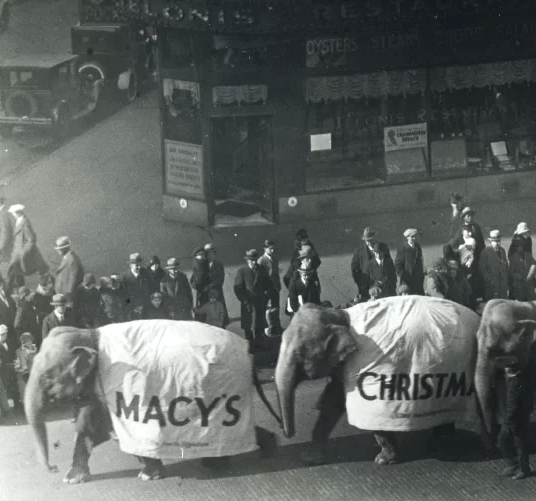
The first Macy’s Parade looked different than what modern audiences are used to. There was no Snoopy Ballon, Rockettes, Broadway performances, or elaborate floats with celebrities on them. The first parade featured animals from the Central Park Zoo, Clowns, a few Marching Bands, Nursey Rhyme inspired floats, and Santa Clause. Despite the absence of what we are so familiar with seeing every year, the first Macy’s parade was a success. It garnered a crowd of 10,000 people.
Over the years, the parade evolved significantly, adding new elements while retaining staples like clowns, floats, marching bands, and Santa Clause. A major turning point came in 1927, when the parade was renamed the Macy’s Thanksgiving Day Parade. Another milestone occurred in 1948, when the parade was televised nationwide, allowing millions more to enjoy it. The first major change to the parade came in 1927, with the introduction of giant balloon characters.
Character Balloons at the Parade
In 1927, character balloons became a defining feature of the parade, starting with Felix the Cat. Over the years hundreds of different characters have flown over the streets of New York City. In the early days, the parade organizers would release the gigantic balloons into the air, each carrying a return address and offering a reward of up to $100 for their safe return. However, this tradition ended in 1932 when Annette Gibson, a 22-year-old aviation student, accidentally caught her plane’s wing on a Tom the Cat balloon while attempting to retrieve it. Her instructor safely landed the plane,
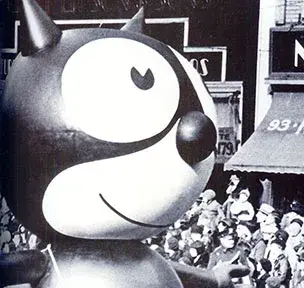
but the tradition was retired for safety reasons.
One of the most iconic balloon characters is Snoopy from the Peanuts comic strip. First appearing in 1968 dressed as the Red Baron, Snoopy has made over 43 appearances in the parade, often wearing different outfits. This year’s ballon will feature the lovable beagle in a scout uniform. This cements Snoopy as the most-featured character in parade history, surpassing Mickey Mouse, who debuted in 1934 and has made 20 appearances.
Top 10 Most Featured Balloon Characters:
Snoopy
Ronald McDonald
Rocky and Bullwinkle
Pikachu
Sinclair’s Dino
Smokey Bear
Kermit the Frog
Mickey Mouse
SpongeBob SquarePants
Big Bird
These are all beloved and recognizable characters, but more modern additions, like Greg Heffley from the Diary of a Wimpy Kid series, have also become parade staples. Greg has made 15 appearances since his debut in 2010. More recently, the Bluey balloon, introduced in 2022, has captured the hearts of viewers and will be featured again in this year’s parade.
However, the character balloons are just one part of the parade's magic. Equally impressive are the elaborate and meticulously designed floats that captivate audiences year after year.
Floats
Originally themed after famous nursery rhymes and storybook characters, floats have evolved dramatically since their introduction in the 1920s. The inclusion of advertisers in the late 1930s significantly impacted the parade floats, allowing for the creation of fantastical designs that reflected modern-day culture. Despite this shift, viewers could still enjoy nursery rhyme-inspired floats throughout the parade's history, such as the 1969 The Old Woman Who Lived in a Shoe. Sadly, as the parade entered the new millennium, many nursery rhyme floats were replaced by floats featuring popular cartoon characters, such as the Teenage Mutant Ninja Turtles (2012–2017), Tutenstein (2004–2006), and Blue’s Clues (1999–2002, 2020–2022). One thing is certain: these imaginative floats would not exist without the contributions of advertisers.
The first advertisers to sponsor floats in the parade were the Walt Disney Company and Metro-Goldwyn-Mayer Studios in 1939. Their floats featured Donald Duck and The Wizard of Oz. These two studios were just the beginning, as countless others followed suit in promoting their films and characters. In later years, audiences were captivated by floats such as The Sound of Music (1964), Popeye: The Movie (1980), The Swan Princess (1994), and Anastasia (1997), which brought these films to life and added a touch of Hollywood magic to the Thanksgiving celebration. Sadly, many movie floats appear only once before retiring, but the parade boasts several floats that audiences can count on seeing each year.
Staples of the parade include Tom Turkey, the Sesame Street float, and Santa Claus’s iconic sleigh. Santa Claus has been a part of the parade lineup since its inception, serving as the grand finale and symbolizing both the end of the parade and the start of the Christmas season. The Tom Turkey float debuted in 1973 as the “Turkey Float.” By 1975, it had become a prominent feature, often leading the parade. The float underwent several redesigns, with its most significant transformation occurring in 1996, when it was officially named Thomas T. Turkey or simply Tom Turkey. A year after Tom Turkey's introduction, the Sesame Street float made its debut in 1974 and has remained a steady staple ever since.
These aren’t the only recurring floats in the parade. Fans can always expect to see the Radio City Music Hall float, which was first introduced in 1959 and remains fresh thanks to periodic redesigns. Similarly, the Peanuts float, introduced in 1967, has become another enduring feature. While it’s always exciting to see these familiar floats year after year, the parade has also delighted viewers with its many unforgettable one-off floats.
In the late 1950s, floats took on a new dimension with the introduction of live performances atop these moving structures. This innovation brought an added layer of entertainment, further solidifying the parade's place as a beloved Thanksgiving tradition.
Performers
By the late 1950s the parade saw another change to the lineup. The 1958 Macy’s Thanksgiving Day Parade introduced celebrity singers to sing live on the floats. As the floats slowly made its way through the streets, the performers would sing their biggest hit of the year. Benny Goodman and His Sextet were one of the first performers to take the stage—or float. Initially, performances were live, but in 1964, organizers opted for lip-syncing due to logistical challenges. Over the years, many notable artists, from Dolly Parton to NSYNC and even Kiss, have performed during the parade.
The Tom Turkey float has hosted some of the parade’s most memorable performances. In 1973, country music duo George Jones and Tammy Wynette sang We’re Gonna Hold On. In 1980, Sister Sledge performed their disco anthem We Are Family aboard the same float, creating an unforgettable moment. Chris Klimek, writer for Smithsonian Magazine, describes the scene. “If ever a song was designed to be performed atop a festive, slow- moving barge making its way south down a Manhattan thoroughfare, it’s the irrepressibly welcoming R&B/ disco anthem ‘We Ae Family’…” What a scene that must have been to see a very upbeat and fast song being performed on such a slow-moving vehicle. Nevertheless, the performance was a hit.
The float performances are a unique part of the parade. As each artist performs a mini concert, taking the viewer on a trip to memory lane performing the biggest hits of the year or the hits of the past. These performances are always fun to watch; however, the Broadway performances are a can’t miss too.
Broadway
It is hard to imagine the Macy’s Thanksgiving Day parade without Broadway. As viewers patiently wait for the parade make its way to the Macy’s Store, the Broadway performers take the stage. These performances are a perfect prelude to the parade.
Broadway shows are integral to New York City’s identity and tourism, making their inclusion in the parade a natural fit. In many different ways Broadway has always played a role in the parade’s history. While the exact start of Broadway performances in the parade is unclear, these theatrical spectacles have become a cornerstone of the event. Frequent viewers of the parade can recall at least one standout Broadway performance. Parade organizer Bill Schermerhorn recalls Cats first performance. He states, “One of my favorite memories is from my first year working on the parade. Cats performed, and we had cats leaping out of a real manhole, crawling all over Broadway.” It was truly a unique performance.
Other notable performances include the 2003 performance on “One Short Day” by the original cast of Wicked, and the 2007 performance of “Supercalifragilisticexpialidocious” from the show Mary Poppins.
The Broadway performances highlight the best the city has to offer. And who knows these performances may just inspire someone to go see the show. But, Broadway is not the only standout feature the parade or the city has to offer.
Rockettes
The Radio City Rockettes have been a parade staple since 1957, and a New York City staple since 1925. These talented ladies are known for their high-energy kick line, which mesmerize audiences year after year with their precision and artistry.

Concluding thoughts
Over its many years, the Macy’s Thanksgiving Day Parade has undergone countless improvements. The parade masterfully blends the old and the new, continuing to feature marching bands and clowns while incorporating fresh traditions. After all, what is a parade without the iconic balloon characters, celebrity and Broadway performances, and the Rockettes? It took years of hard work to create the parade that so many have come to know and love. The organizers of the first parade in 1924 could hardly have imagined the scale it has reached today.
This year marks the 98th Macy’s Thanksgiving Day Parade. It will begin on 77th Street and Central Park West, traveling 2.5 miles to Macy’s Herald Square, its final destination since 1924. The parade will feature:
22 balloons
34 floats
11 marching bands
28 performers
28 clown crews
11 performance groups?
6 Broadway shows
The parade will air on NBC and Peacock at 8:00 Thursday morning. Will you be watching the parade this year?
Sources
Botelho, Renan. “Macy’s Thanksgiving Day Parade’s Iconic Balloons through the Years.” WWD, November 22, 2024. https://wwd.com/pop-culture/celebrity-news/gallery/macys-thanksgiving-parade-balloon-photos-1235913974/95-and-marching-on-macys-parade%c2%acae-thanksgiving-day-ushers-in-the-holiday-season/.
Callahan, Michael. "Floating on Air: A century on, the country's most beloved Thanksgiving spectacle reaches new heights." Smithsonian Magazine. November 2024.
Contributors to Macy’s Thanksgiving Day Parade Wiki. “Floats.” Macy’s Thanksgiving Day Parade Wiki. Accessed November 27, 2024. https://macysthanksgiving.fandom.com/wiki/Floats.
Contributors to Macy’s Thanksgiving Day Parade Wiki. “Tom Turkey.” Macy’s Thanksgiving Day Parade Wiki. Accessed November 27, 2024. https://macysthanksgiving.fandom.com/wiki/Tom_Turkey#:~:text=the%20Macy’s%20Parade-,Turkey%20(1973%2D2017),far%20back%20as%20November%201972.
Frommer, F. and Preston, . Charles. "Macy’s Thanksgiving Day Parade." Encyclopedia Britannica, November 26, 2024. https://www.britannica.com/topic/Macys-Thanksgiving-Day-Parade.
Kilmek, Chris. "The Most Musical Motorcade." Smithsonian Magazine. November 2024.
Levitin, Jolee. “10 Most Iconic Macy’s Thanksgiving Day Parade Performances!” AfterBuzz TV, November 23, 2023. https://www.afterbuzztv.com/10-most-iconic-macys-thanksgiving-day-parade-performances/.
“Macy’s Thanksgiving Day Parade 2024 – Lineup Info & More.” Macy’s Official Site - Macys.com, 2024. https://www.macys.com/s/parade/lineup/.
Mogol, Allen. “Broadway and the Macy’s Thanksgiving Day Parade | Broadway Direct.” Broadway Direct, November 26, 2013. https://broadwaydirect.com/broadway-and-the-macys-thanksgiving-day-parade/.
“Research Guides: This Month in Business History: Macy’s Thanksgiving Parade.” Macy’s Thanksgiving Parade - This Month in Business History - Research Guides at Library of Congress. Accessed November 27, 2024. https://guides.loc.gov/this-month-in-business-history/november/macys-thanksgiving-parade#:~:text=Originally%20known%20as%20the%20Macy’s,Central%20Park%20Zoo%20were%20featured.
Shivonne, Adeja. “Here’s a Look at the Macy’s Thanksgiving Day Parade through the Years.” FOX 5 New York, November 23, 2024. https://www.fox5ny.com/news/macys-thanksgiving-day-parade-history.
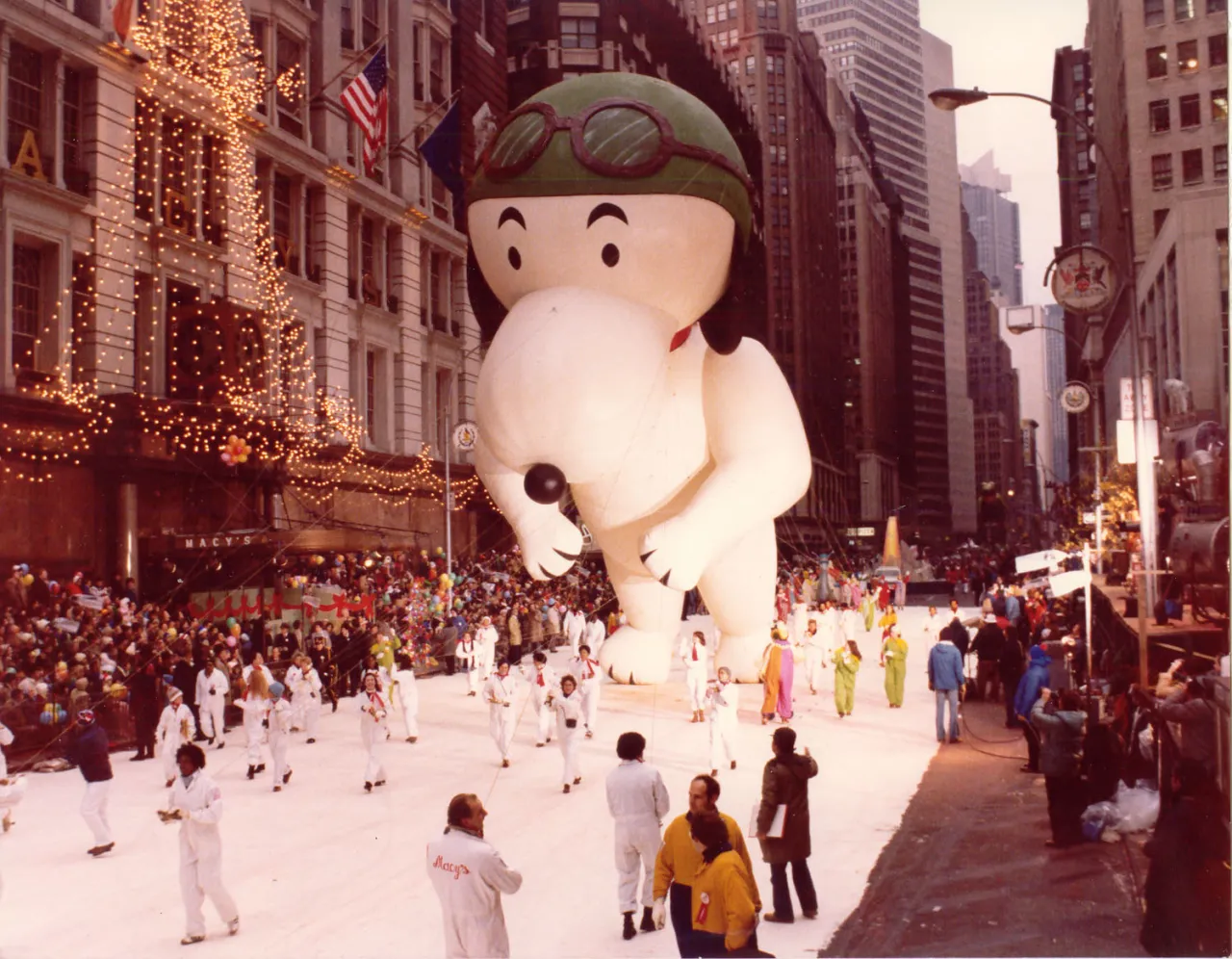
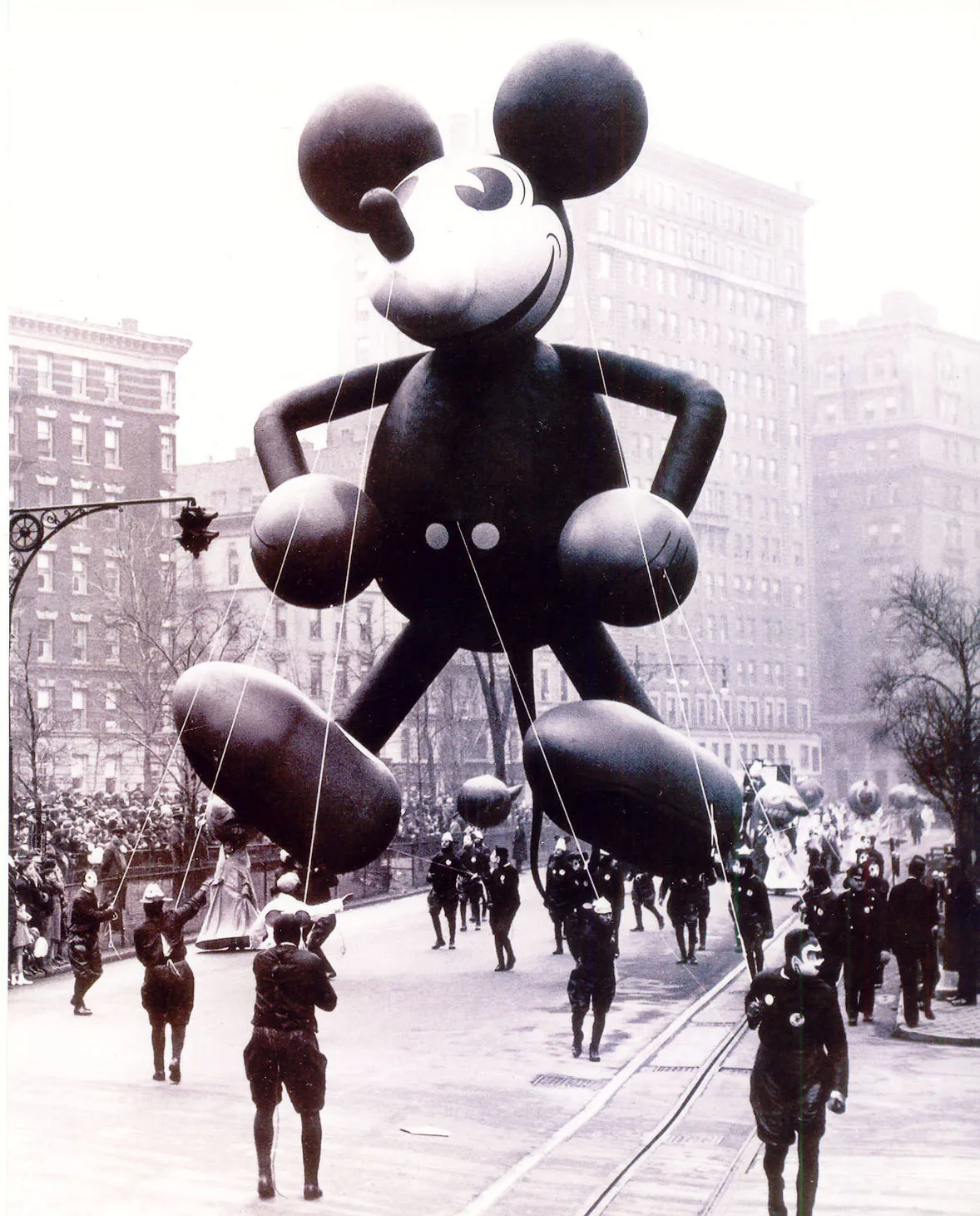
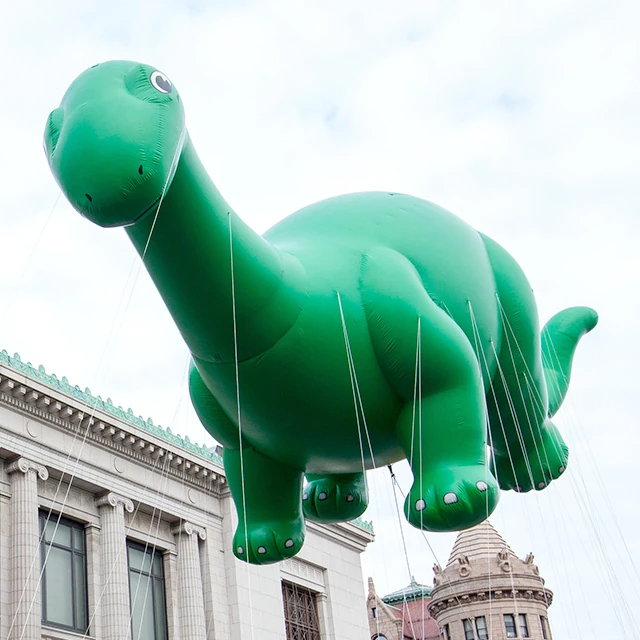


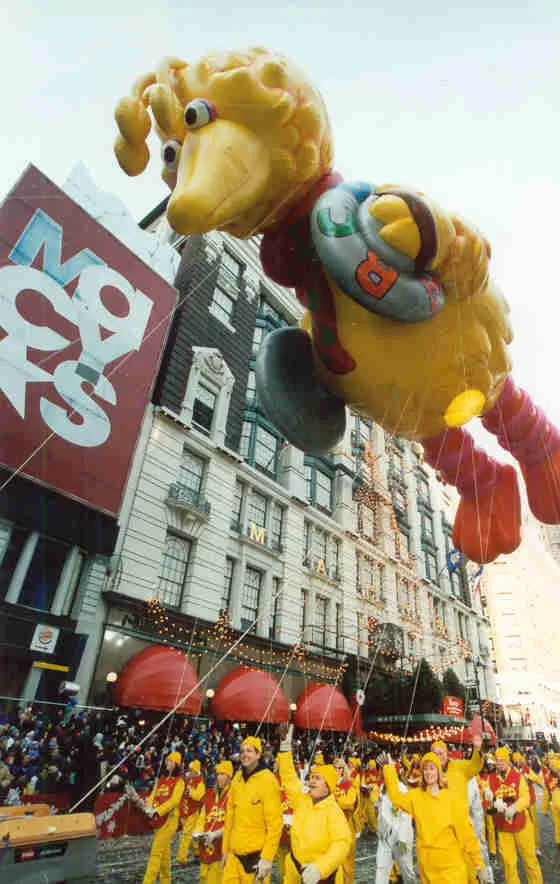
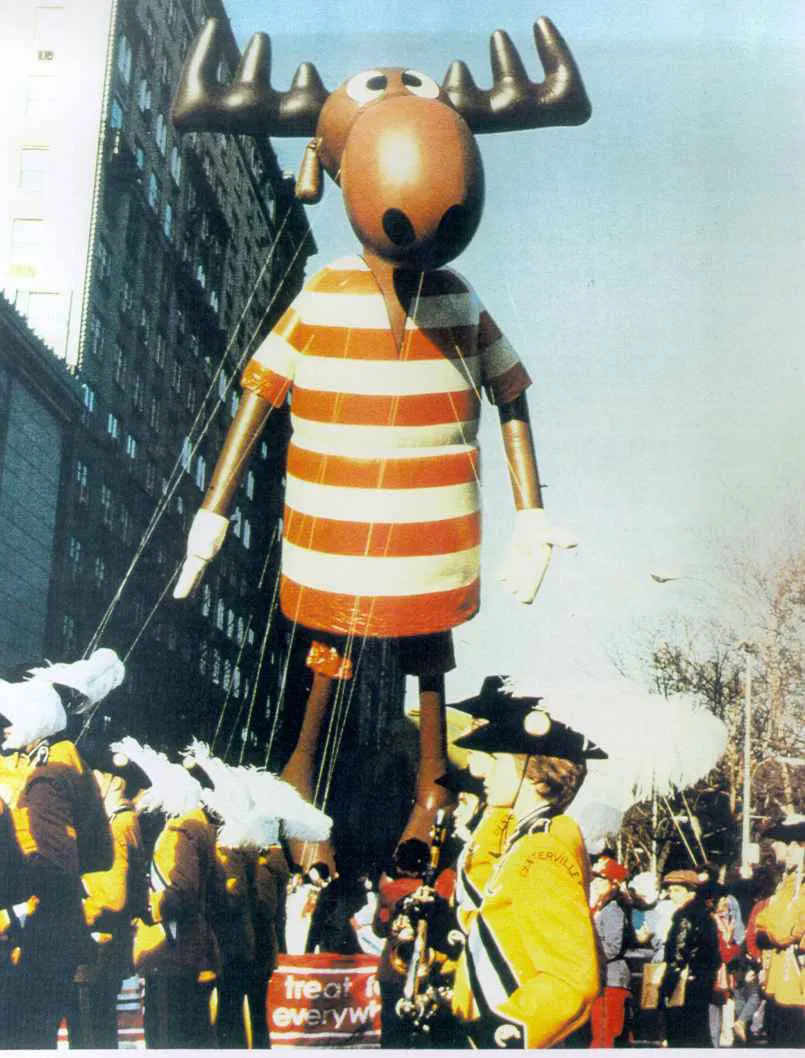
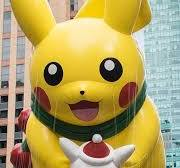
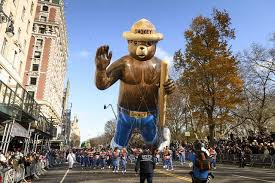










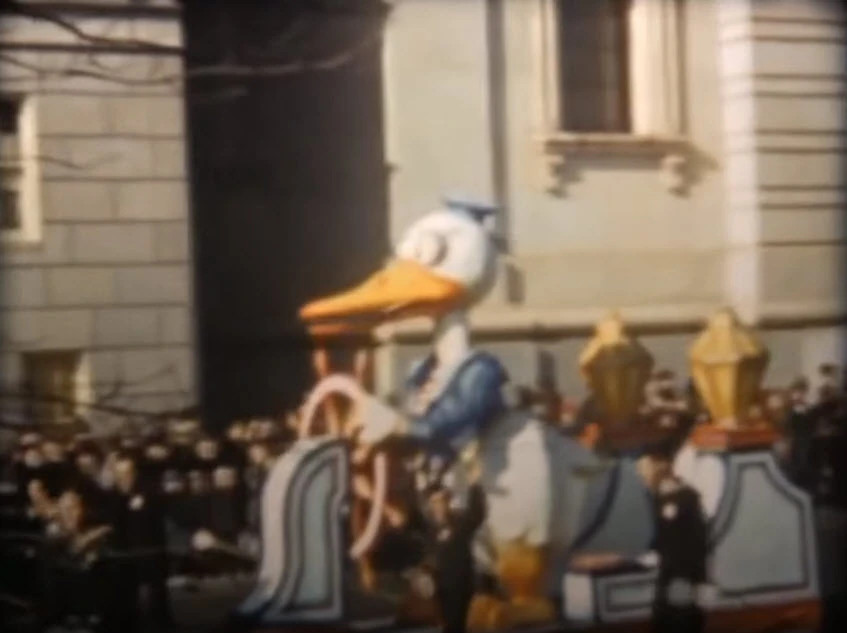

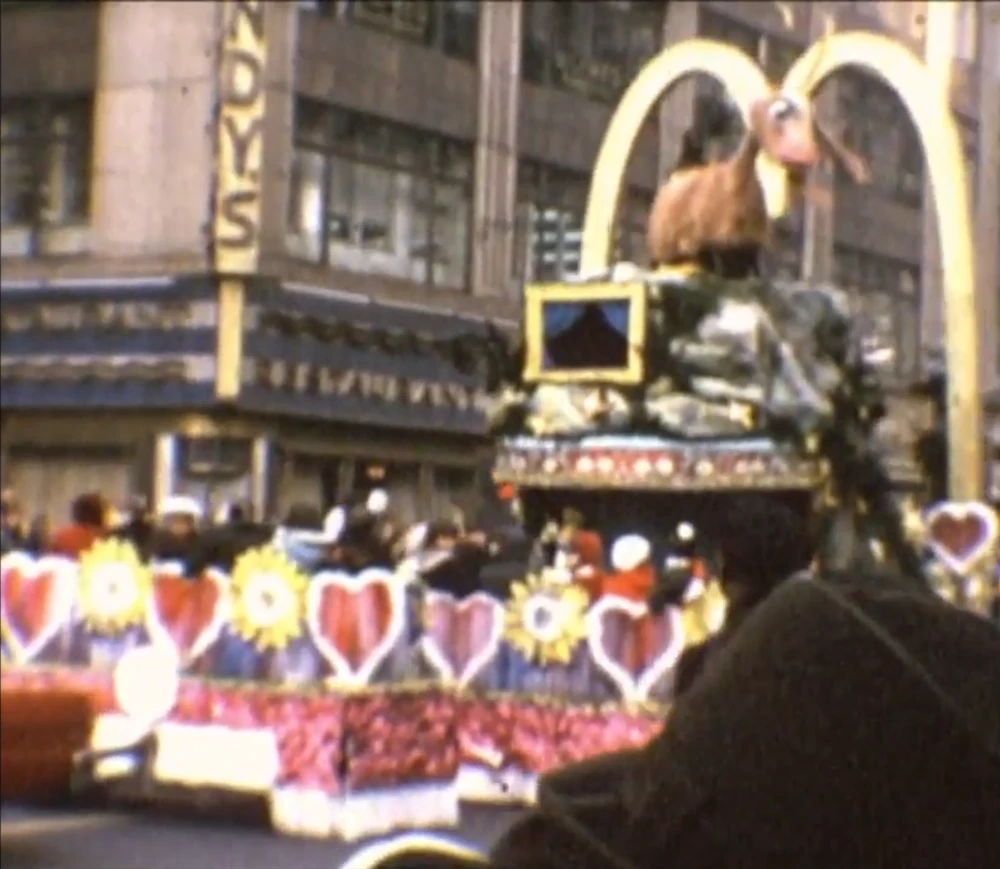




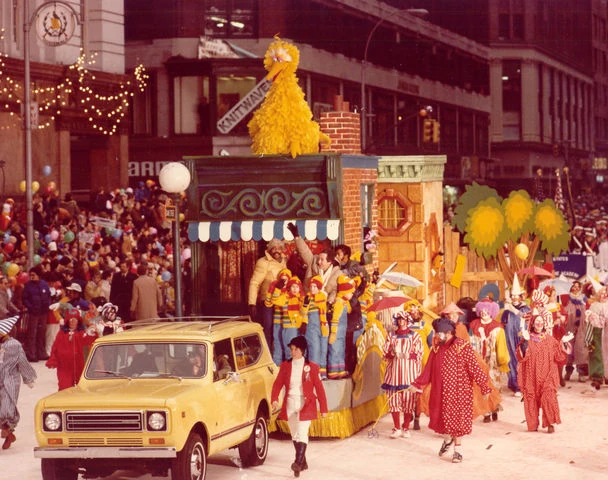
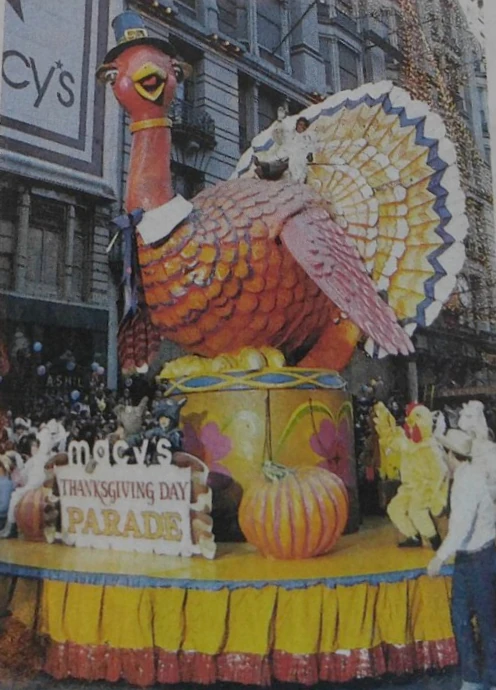
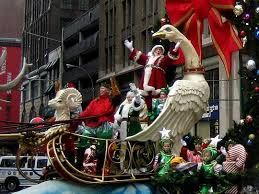
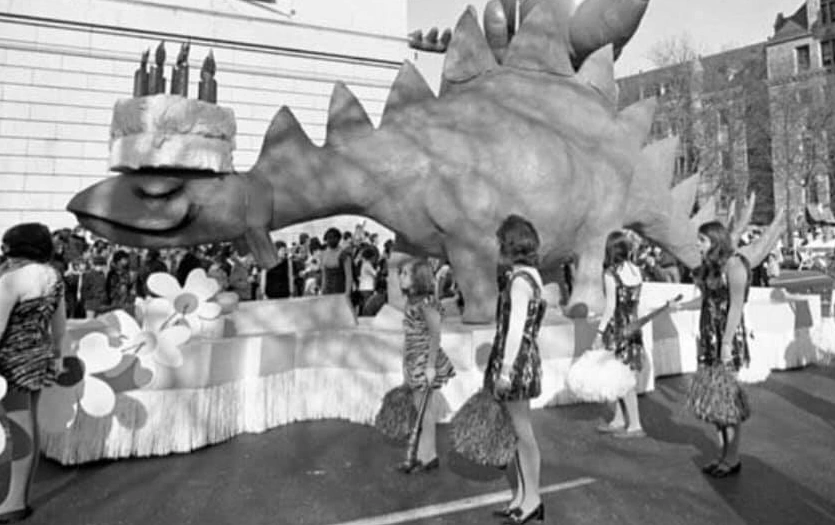
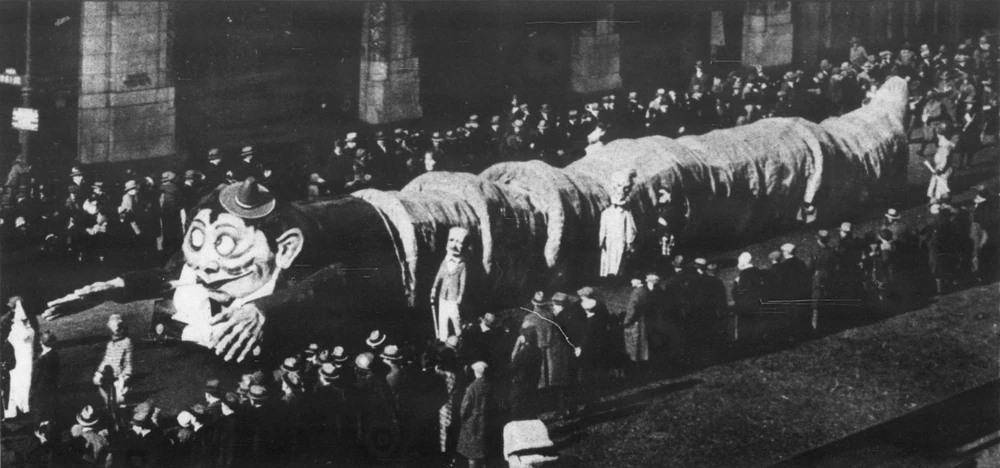
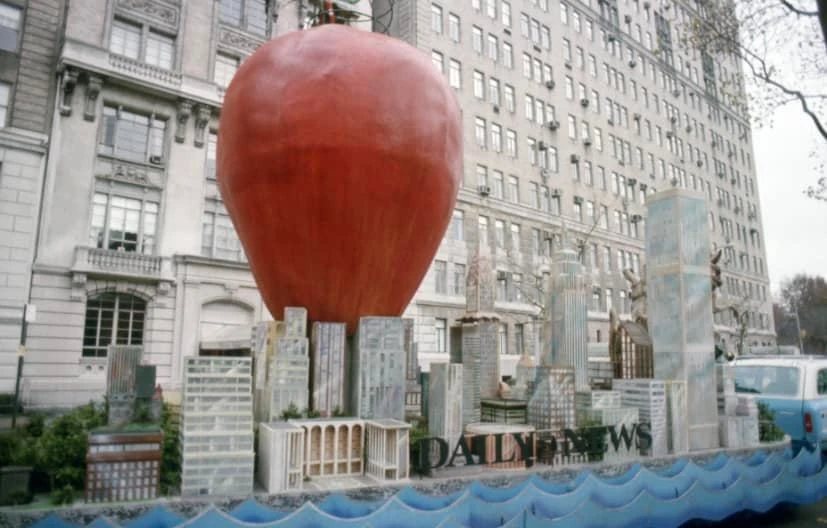
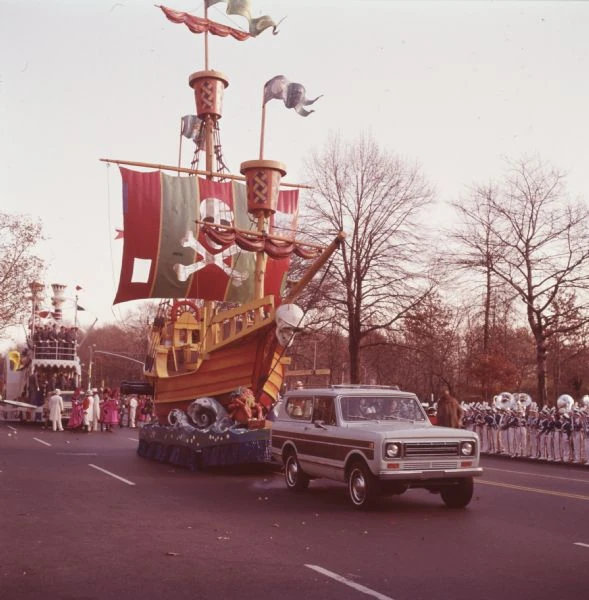
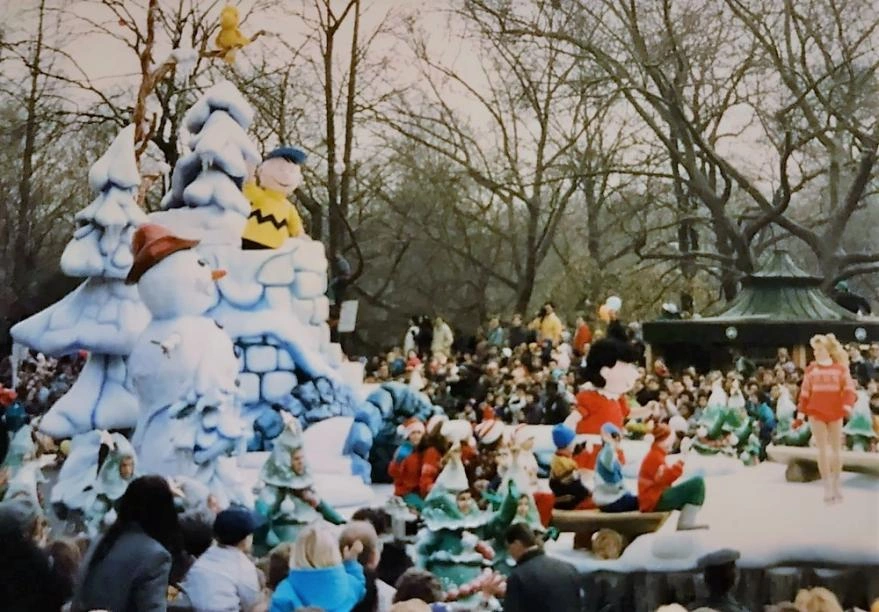





Comments